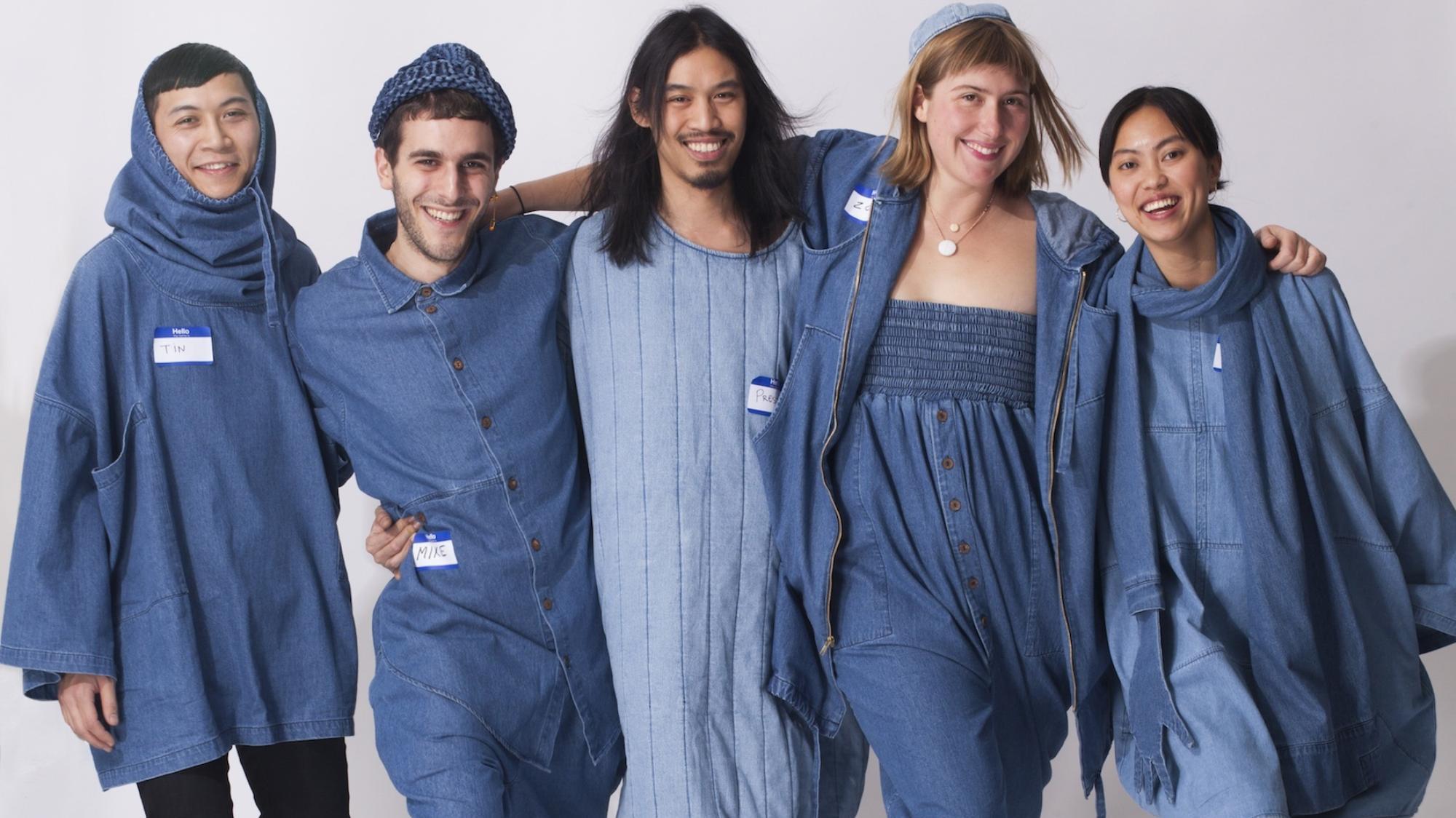When you think of classic American-made style, something like pre-fast fashion Levi’s jeans, comes to mind. Strong, primary colors, practical construction, and a whole lot of denim. But what is the identity of American-made clothing today? Even a brand like Levi’s doesn’t produce the majority of its goods in the U.S. anymore. Most clothing brands have long looked to cheaper shores to set up shop. Fashionista writes that in 1993, 52.4% of the garments sold in the U.S. were made here, but by 2013, that number had fallen to 2.6%.
Recently, though, a small group of brands have been making a point to produce in America, thanks to a combination of trend and need. Young people are just as eager to invest in American-made clothing as they are to buy locally sourced food. Although many foreign factories are now thoroughly equitable by international standards, garments produced in America support our domestic economy, and help to abate the abysmal unemployment rate. But with these brands popping up in different corners of fashion, from small independent labels to luxurious ready-to-wear, what does that mean for the face of American-made style? We looked at six brands that we think are creating the new definition of Made in America to find out why they chose this mission and how it’s working for them.

The Row
In this early stage of the made-in-America revival, so many of the brands producing here are still on a small scale, living in the contemporary price point and being sold out of under-the-radar boutiques. Mary Kate and Ashley Olsen’s The Row holds up the banner for high-fashion lines, proving that even a fashion month favorite with prime real estate at Barneys can keep production stateside. The sisters have woven the decision into their line’s mission statement, stating a support of high-end manufacturing in the U.S. on their website. The Row’s clothing and accessories help prove how luxurious made-in-America style can be, and offer a domestic option to consumers in that market. It’s an option they want, apparently: according to Bloomberg Business, the U.S. ranked highest on an index measuring the quality of its luxury manufacturing, even above Italy and France, among 1,300 affluent shoppers surveyed by Unity.
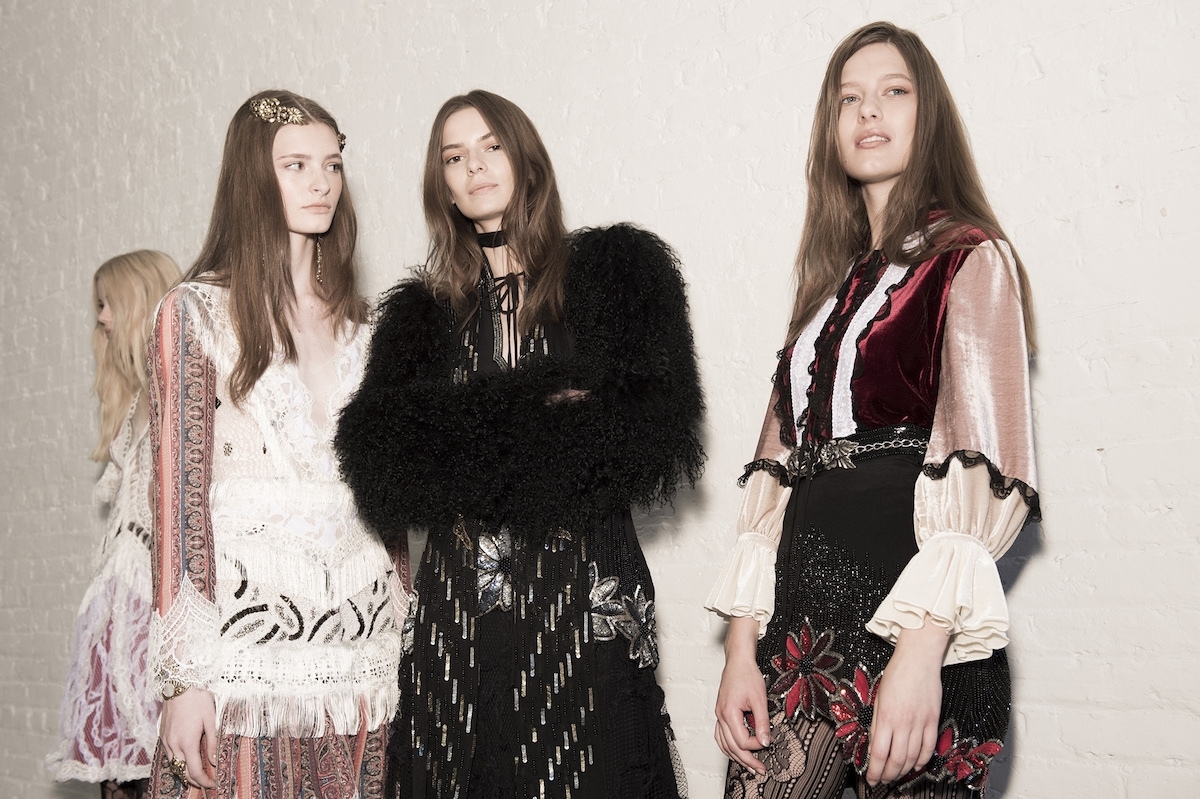
Rodarte
Also representing the luxury spectrum is Rodarte, and it’s pretty crazy to think about how many different steps of production there must be for sisters Kate and Laura Mulleavy’s intricate creations. Whether their designs are shredded, beaded, layered, fused, spliced or printed, they’ve been made in Los Angeles since the line was established in 2005. The Mulleavys have always remained very true to their L.A. roots, explaining the inspiration they find there in interviews, paying homage to it in collections and staying firm in their decision not to join the rest of the fashion pack in New York. So, it makes sense that the true-blue L.A. label be made there, too. The sunny city is a part of Rodarte’s DNA, even when it’s not immediately obvious in Victorian blouses or grungy-goth gowns. Whatever the sisters find in L.A., it’s clearly working.
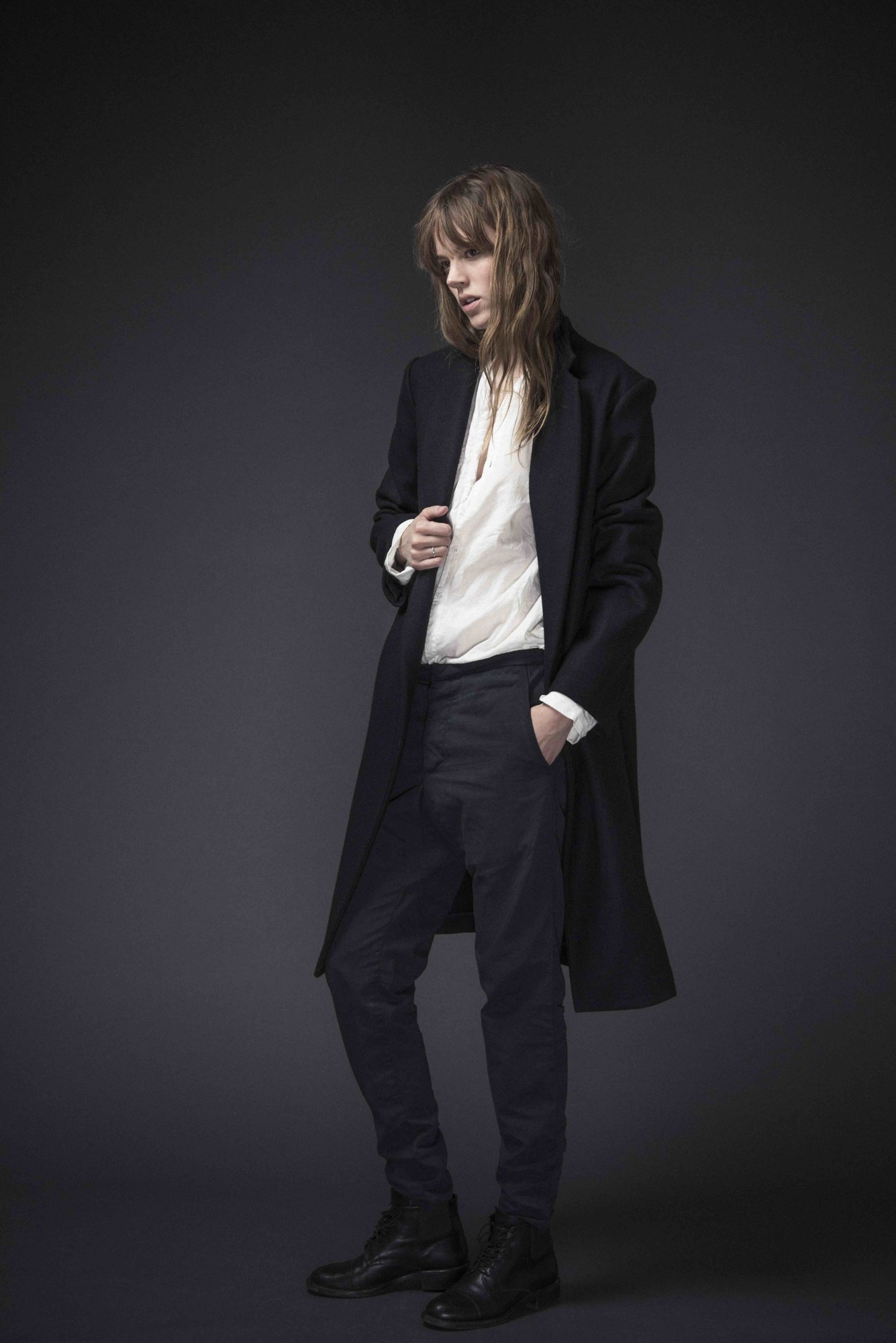
1.61
Kimberly Wesson and Aimee Cho’s New York line is built on taking things back to basics. Their clothing represents what could be the future of fashion with its minimalist utilitarianism and gender neutrality. Believing the resulting authenticity to be a part of 1.61’s identity, Wesson and Cho are deeply involved in every step of the design and production process in the New York area. “We believe that we need to know what is happening at a granular level to be able to speak authentically about our product,” Cho explains. “We know the sewers in the factories. We get on the pressing line ourselves if the finishing team is shorthanded. We want our manufacturing partners, as well as our customers, to see our dedication to the product and the process and feel inspired by our commitment. We would not be able to be this hands on if we were producing elsewhere.”
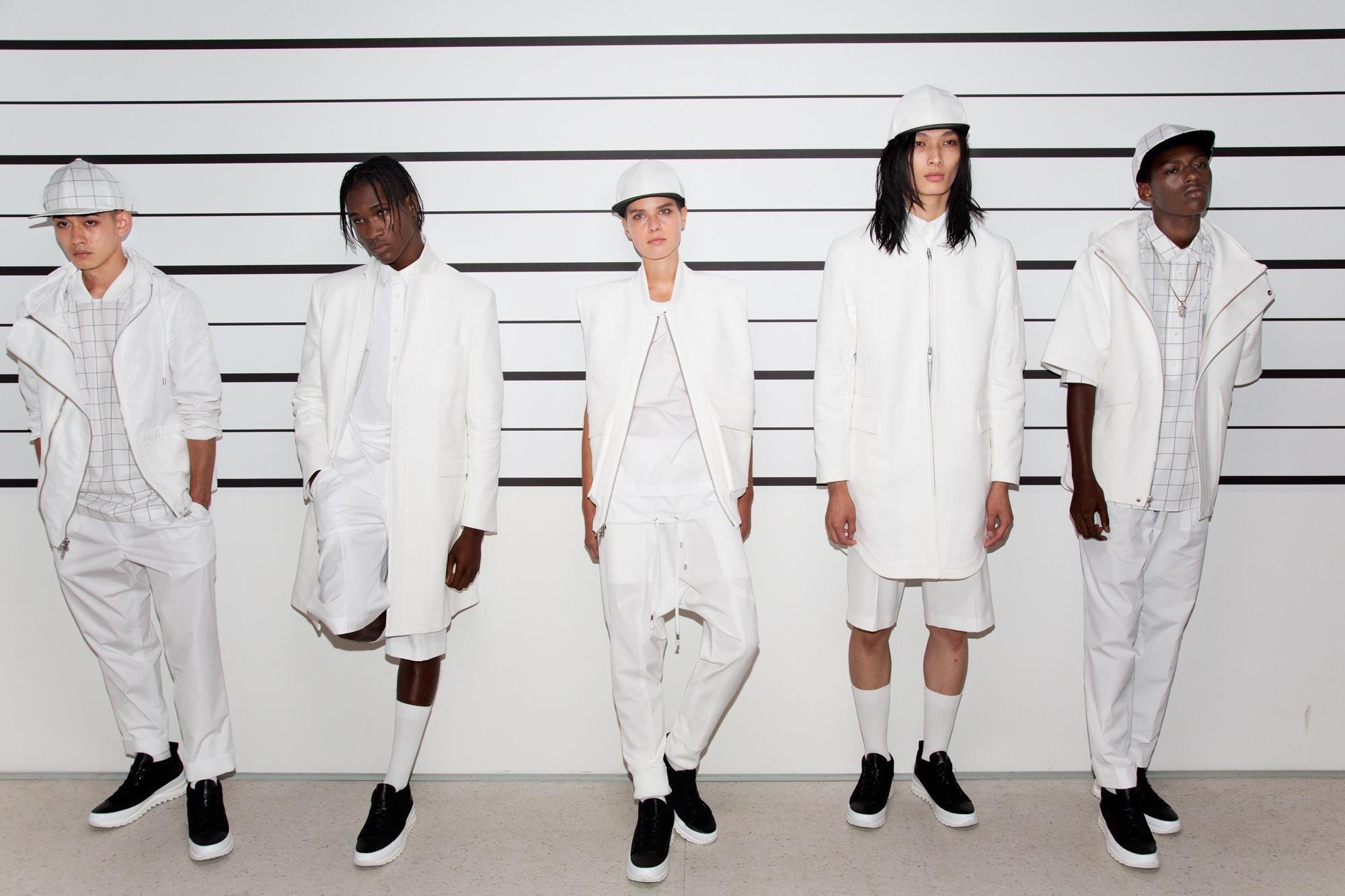
Public School
As much as L.A. is integral to Rodarte, New York is integral to Public School. Every profile on duo Dao-Yi Chow and Maxwell Osborne points out that both are New York natives and weave an intrinsic sense of NYC streetwear into their elevated designs. They grew up interested in the clothes they saw in their urban surroundings, they started out working at urban clothing lines (they met at Sean John), and now they bring a distinctive urban slant to their impeccable tailoring and crisp, sharp aesthetic. They’re New York It-designers in the eyes of the fashion industry, the music crowd and the sports world. So, it makes sense that that NYC vibe is through and through–it’s not just the look or the feel, these garments are designed and made right in the city. Fabric comes in from the U.S., Italy and Japan, and turns into clothing that can make the ultimate New Yorker claim: they were born here.
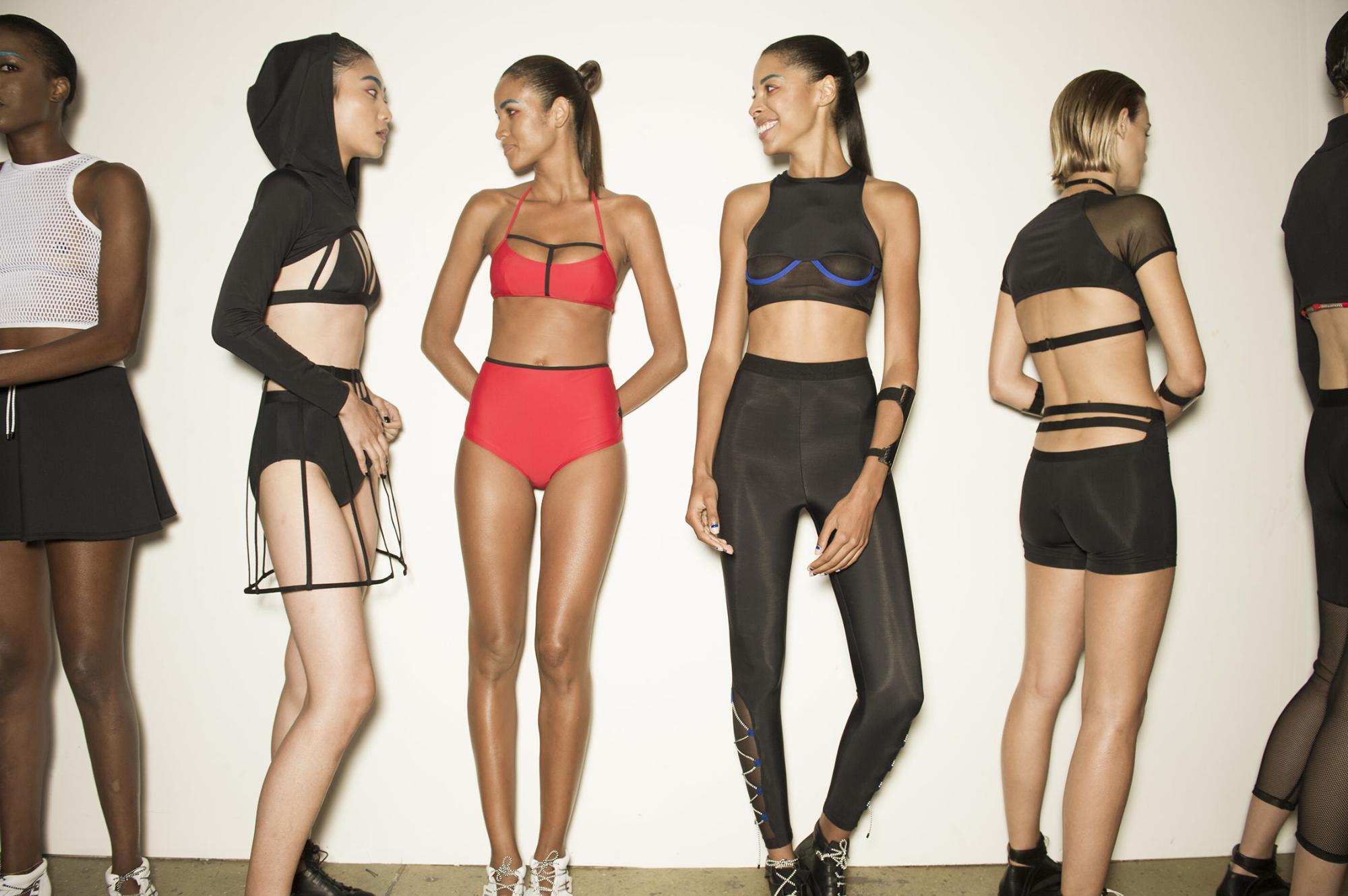
CHROMAT
Inspired by her background in architecture, Becca McCharen’s line of exoskeleton-like creations have been worn by the likes of Beyonce, Madonna and Nicki Minaj. Astronomic growth aside, McCharen is still running all aspects of CHROMAT’s business. With so many materials coming together to form such sculptural clothing, it’s hard to imagine every component being able to be made right in New York, but it’s just that proximity that helps McCharen keep a firm grasp on every detail. “Working locally has helped us develop complex pieces,” she says. “It makes it convenient to visit and assist the factory during the sometimes challenging process. There are also so many craftsmen and designers here in NYC, that collaboration comes very easily for us.” Beyond that, the designer feels the responsibility to not contribute to the current manufacturing problems that exist today. She once explained in an interview: “Our [team] feels strongly about keeping production in NYC versus overseas for social justice and living wage reasons.”
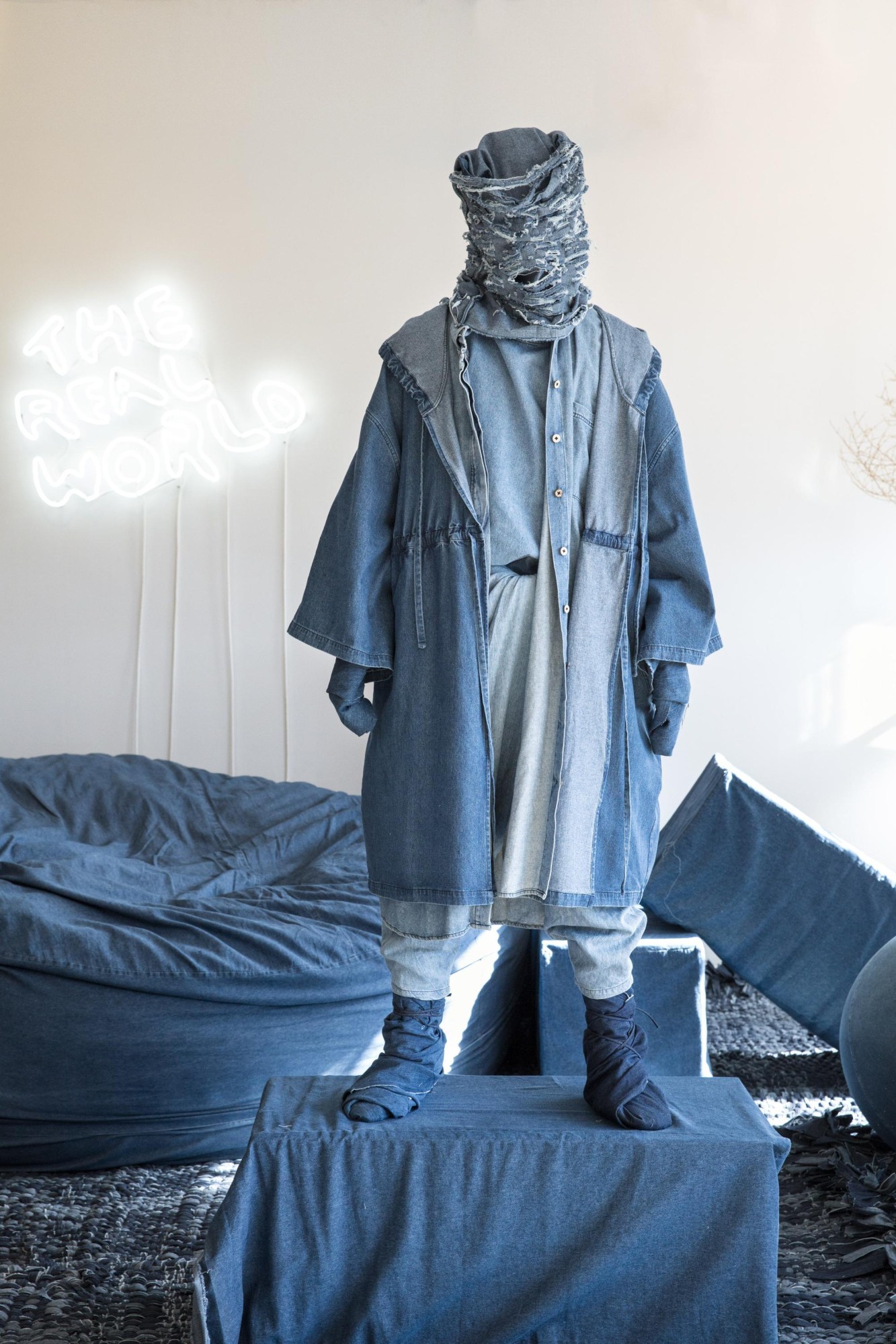
69
The anonymously-designed, gender-neutral line 69 is rethinking what American fashion can be in multiple ways, not least of which is the brand’s commitment to the burgeoning downtown Los Angeles scene. Situated in the official LA Fashion District, the company designs and crafts its loose, mostly denim garments in a city that hasn’t historically been known for its avant-garde fashion scene. Although the brand’s designer told i-D, “69 cannot be categorized in any time or place,” it is quickly becoming synonymous with the city’s new style of creation.
Credits
Text Courtney Iseman
Photography Christine Hahn for 69
